
-
Xanthan gum
CAS No.: 11138-66-2 Formula: Molecular Weight: 0.00000Search Suppliers
-
Xanthan gum
CAS No.:11138-66-2
Formula: Molecular Weight: 0.00000
Basic Info
Chemical Name |
Xanthan gum |
|---|---|
Synonyms |
|
CAS No. |
11138-66-2 |
Molecular Formula |
|
Molecular Weight |
0.00000 |
PSA |
0.00000 |
LogP |
0.00000 |
Numbering system
| MDL number | MFCD00131256 |
|---|---|
| EINECS number | 234-394-2 |
Synthesis Route
Total 2 Documents >>MSDS
Total 1 Documents >>-
MSDS
Expand -
MSDS
Collapse
Section 1 - Chemical Product ? MSDS Name:Xanthan gum Material Safety Data SheetName: Xanthan gum Material Safety Data Sheet Synonym: Polysaccharide gum; Water-soluble bipolymer made by fermentation of carbohydrates CAS: 11138-66-2
Synonym:Polysaccharide gum; Water-soluble bipolymer made by fermentation of carbohydrates
Section 2 - COMPOSITION, INFORMATION ON INGREDIENTS
Hazard Symbols: None Listed.CAS# Chemical Name content EINECS# 11138-66-2 Xanthan gum 100 234-394-2
Risk Phrases: None Listed.
Section 3 - HAZARDS IDENTIFICATION
? EMERGENCY OVERVIEW
Hygroscopic (absorbs moisture from the air).
Potential Health Effects
Eye:
Dust may cause mechanical irritation.
Skin:
Dust may cause mechanical irritation. Low hazard for usual industrial handling.
Ingestion:
No hazard expected in normal industrial use.
Inhalation:
Inhalation of dust may cause respiratory tract irritation.
Chronic:
No information found.
Section 4 - FIRST AID MEASURES
? Eyes: Flush eyes with plenty of water for at least 15 minutes, occasionally lifting the upper and lower eyelids. If irritation develops, get medical aid.
Skin:
Get medical aid if irritation develops or persists. No specific treatment is necessary, since this material is not likely to be hazardous.
Ingestion:
Wash mouth out with water. No specific treatment is necessary, since this material is expected to be non-hazardous.
Inhalation:
Remove from exposure and move to fresh air immediately.
Notes to Physician:
Treat symptomatically and supportively.
Section 5 - FIRE FIGHTING MEASURES
? General Information:
As in any fire, wear a self-contained breathing apparatus in pressure-demand, MSHA/NIOSH (approved or equivalent), and full protective gear. This material in sufficient quantity and reduced particle size is capable of creating a dust explosion.
Extinguishing Media:
Use water spray, dry chemical, carbon dioxide, or chemical foam.
Section 6 - ACCIDENTAL RELEASE MEASURES
? General Information: Use proper personal protective equipment as indicated in Section 8.
Spills/Leaks:
Vacuum or sweep up material and place into a suitable disposal container. Forms smooth, slippery surfaces on floors, posing an accident risk. Avoid generating dusty conditions. Provide ventilation.
Section 7 - HANDLING and STORAGE
? Handling:
Wash thoroughly after handling. Remove contaminated clothing and wash before reuse. Use with adequate ventilation. Minimize dust generation and accumulation. Avoid contact with eyes, skin, and clothing. Avoid breathing dust.
Storage:
Store in a cool, dry place. Store in a tightly closed container.
Section 8 - EXPOSURE CONTROLS, PERSONAL PROTECTION
? Engineering Controls:
Use adequate ventilation to keep airborne concentrations low.
Exposure Limits CAS# 11138-66-2: Personal Protective Equipment Eyes: Wear appropriate protective eyeglasses or chemical safety goggles as described by OSHA's eye and face protection regulations in 29 CFR 1910.133 or European Standard EN166.
Skin:
Glove protection is not normally required.
Clothing:
Protective garments not normally required.
Respirators:
Follow the OSHA respirator regulations found in 29 CFR 1910.134 or European Standard EN 149. Use a NIOSH/MSHA or European Standard EN 149 approved respirator if exposure limits are exceeded or if irritation or other symptoms are experienced.
Section 9 - PHYSICAL AND CHEMICAL PROPERTIES
?
Physical State: Powder
Color: white to light yellow - brown
Odor: mild odor - bland
pH: Not available.
Vapor Pressure: Not available.
Viscosity: 2000 cps (1% aq soln)
Boiling Point: Not available.
Freezing/Melting Point: Not available.
Autoignition Temperature: > 200 deg C (> 392.00 deg F)
Flash Point: Not applicable.
Explosion Limits, lower: Not available.
Explosion Limits, upper: Not available.
Decomposition Temperature:
Solubility in water: Soluble.
Specific Gravity/Density:
Molecular Formula:
Molecular Weight: > 10,000,000
Section 10 - STABILITY AND REACTIVITY
? Chemical Stability:
Stable.
Conditions to Avoid:
Dust generation, exposure to moist air or water.
Incompatibilities with Other Materials:
Strong oxidizing agents.
Hazardous Decomposition Products:
Carbon monoxide, carbon dioxide.
Hazardous Polymerization: Will not occur.
Section 11 - TOXICOLOGICAL INFORMATION
? RTECS#:
CAS# 11138-66-2 unlisted.
LD50/LC50:
Not available.
Carcinogenicity:
Xanthan gum - Not listed by ACGIH, IARC, or NTP.
Section 12 - ECOLOGICAL INFORMATION
? Other No information available.
Section 13 - DISPOSAL CONSIDERATIONS
? Dispose of in a manner consistent with federal, state, and local regulations.
Section 14 - TRANSPORT INFORMATION
?
IATA
Shipping Name: Not regulated.
Hazard Class:
UN Number:
Packing Group:
IMO
Shipping Name: Not regulated.
Hazard Class:
UN Number:
Packing Group:
RID/ADR
Shipping Name: Not regulated.
Hazard Class:
UN Number:
Packing group:
Section 15 - REGULATORY INFORMATION
?
European/International Regulations
European Labeling in Accordance with EC Directives
Hazard Symbols: Not available.
Risk Phrases:
Safety Phrases:
S 24/25 Avoid contact with skin and eyes.
WGK (Water Danger/Protection)
CAS# 11138-66-2: 1
Canada
CAS# 11138-66-2 is listed on Canada's DSL List.
CAS# 11138-66-2 is not listed on Canada's Ingredient Disclosure List.
US FEDERAL
TSCA
CAS# 11138-66-2 is listed on the TSCA inventory.
SECTION 16 - ADDITIONAL INFORMATION
N/A

Other items you might be interested in

-
CAS No.: 112945-52-5
Silica, fumed
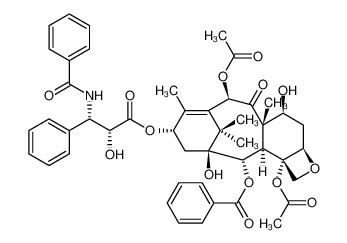
-
CAS No.: 33069-62-4
Paclitaxel

-
CAS No.: 11021-13-9
Ginsenoside Rb2
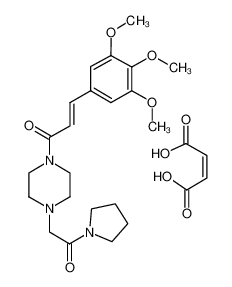
-
CAS No.: 26328-04-1
Cinepazide maleate
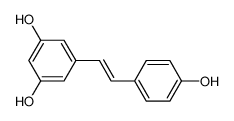
-
CAS No.: 501-36-0
Resveratrol

-
CAS No.: 21645-51-2
Aluminium hydroxide

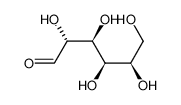

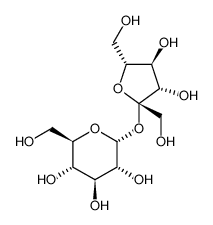



-
-

-
-
-

-
-
-
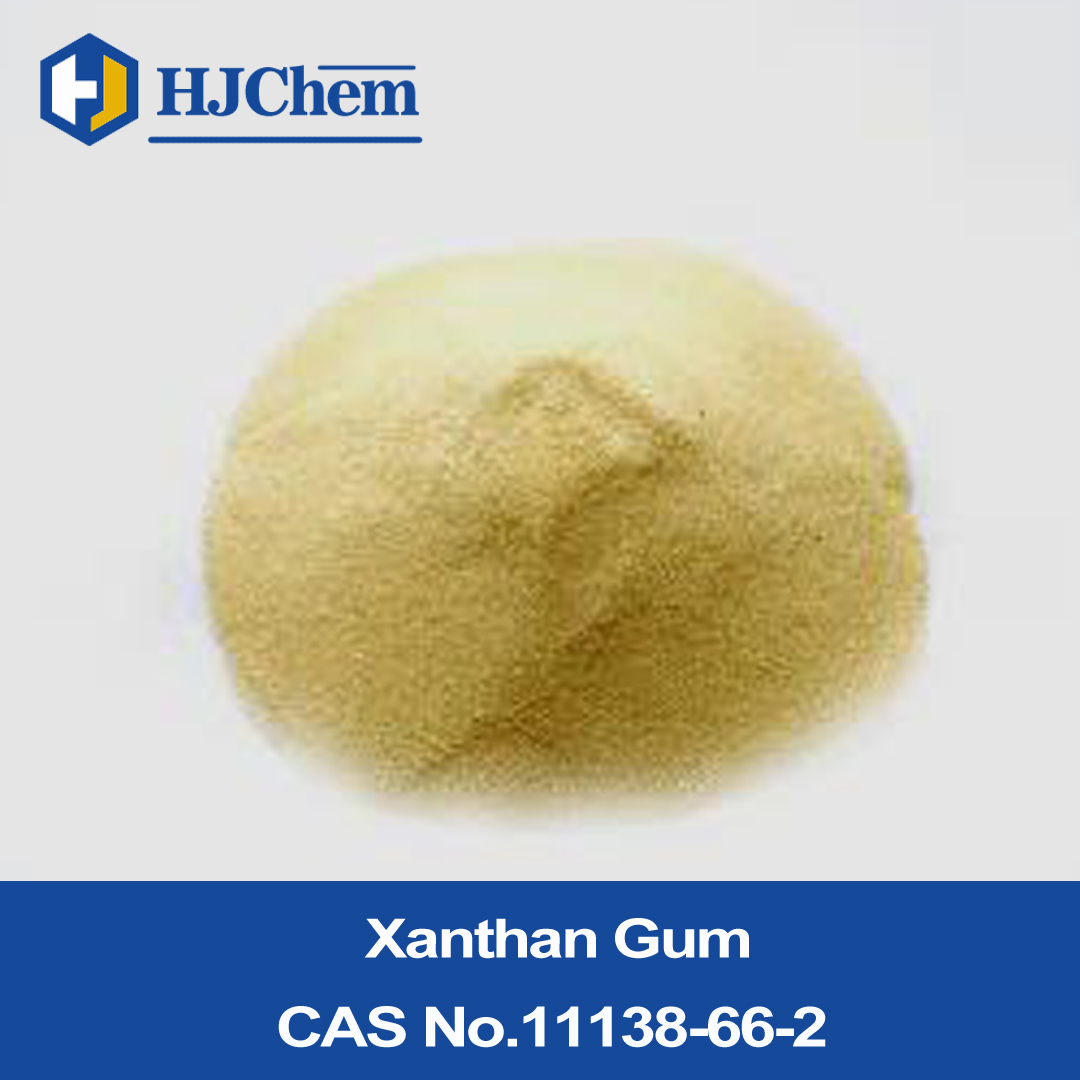
-
-
-
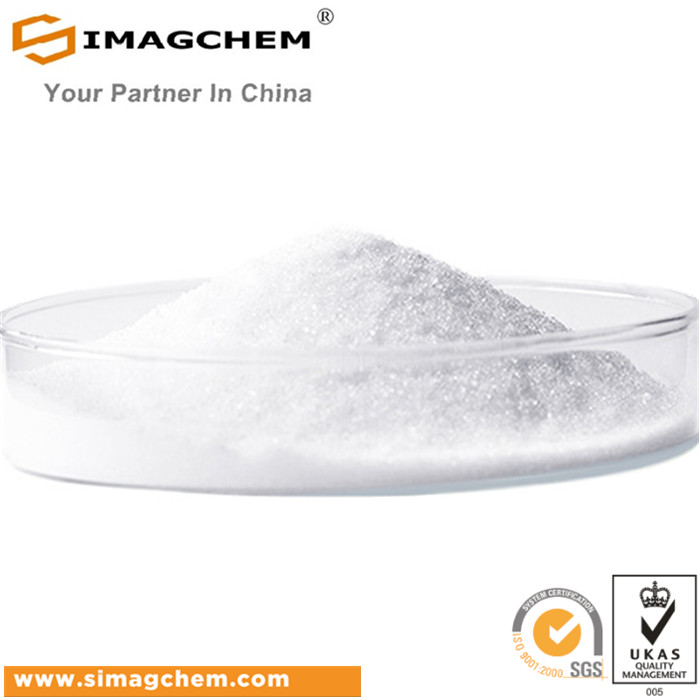
-
-
-

-
-
-
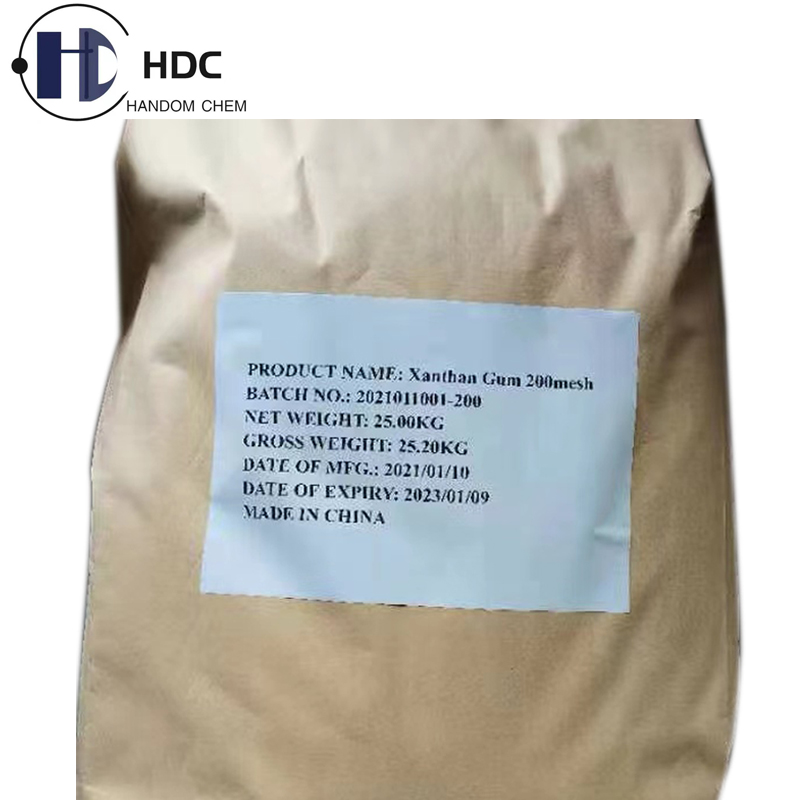
-
-
-

-
-
-

-
More Suppliers>>Baoji Guokang Bio-Technology Co., Ltd
CHINA
Purity: 99%
Lead Time: 3 Day(s)
Price: -
Wenzhou Win-Win Chemical Co., Ltd.
CHINA
Purity: 98%
Lead Time: 3 Day(s)
Price: -
QINGDAO HONG JIN CHEMICAL CO. LTD.
CHINA
Purity: %
Lead Time: Day(s)
Price: -
Xiamen Zhixin Chemical Co., Ltd.
CHINA
Purity: 99%
Lead Time: 3 Day(s)
Price: -
Skyrun Industrial Co., Limited
CHINA
Purity: 99%
Lead Time: 7 Day(s)
Price: -
CHINA
Purity: %
Lead Time: 7 Day(s)
Price: Min $6.35 /kg
CHINA
Purity: 99%
Lead Time: 1 Day(s)
Price: Min $1 /kg
CHINA
Purity: %
Lead Time: Day(s)
Price: -